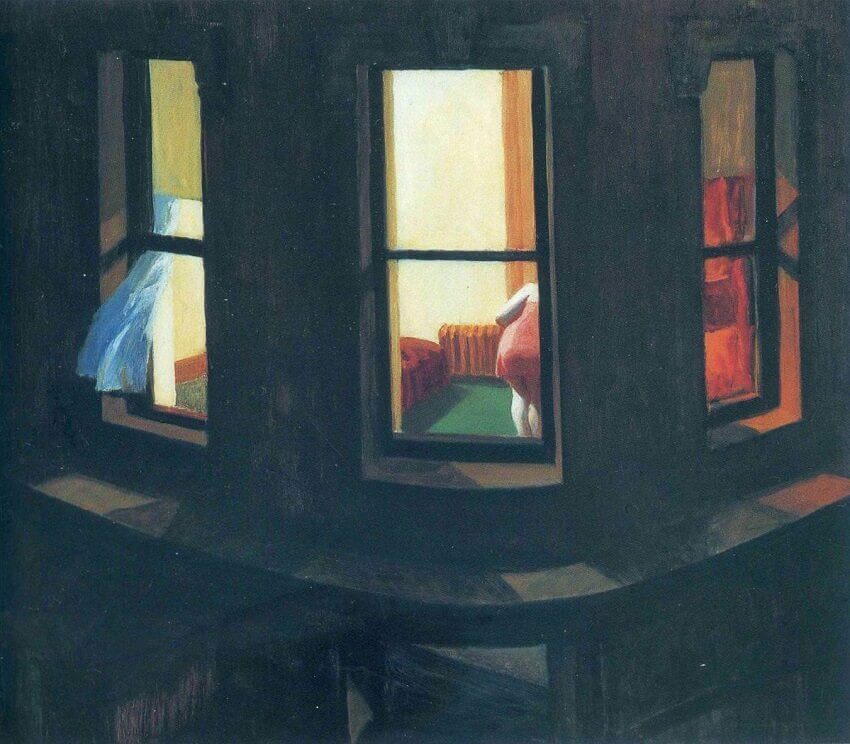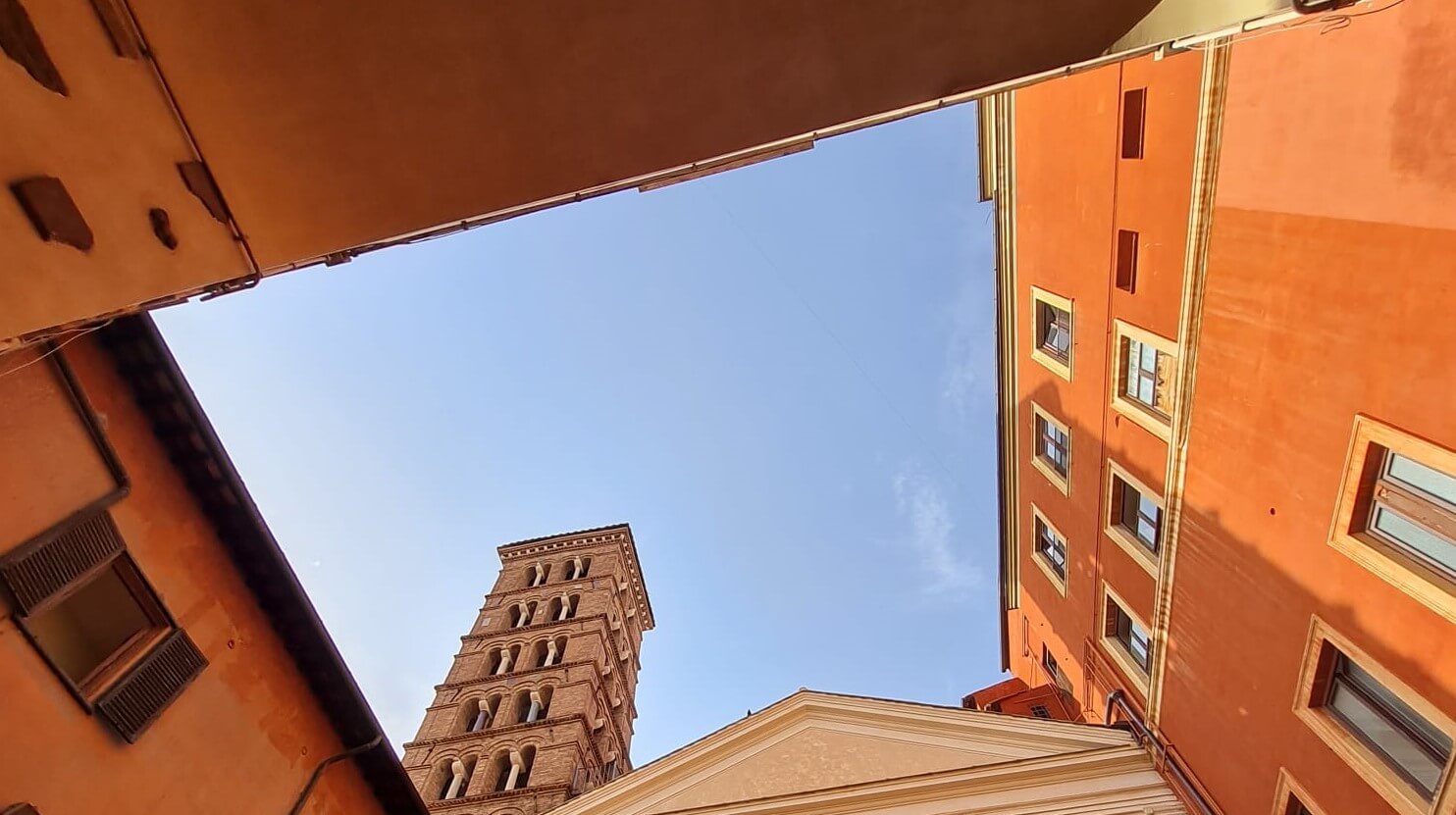Prepare to be enthralled by an upcoming column packed with creatively written, fictional short stories. This teaser offers a glimpse into a captivating narrative, where the protagonist remains unaware of an observer’s presence. Immerse yourself in this intriguing tale as it unfolds, brimming with suspense and anticipation. Each installment in this column will transport you to imaginative realms, crafted purely from the author’s creativity.
In this teaser, our protagonist occupies the fourth seat by the window, her attention captured by the clouds in the sky. With rhythmic foot taps and silent sing-alongs, she seems oblivious to any watchful eyes. Nonchalantly slouched in her seat, one shoe rests on the floor while the other finds warmth atop the heater.
As she rises from her seat, a final glance backward ensures she hasn’t left anything behind. Satisfied, she disembarks the train, ascends the stairs, and sets off on her journey homeward. Moving briskly, she occasionally casts a lingering look over her shoulder before producing her key.
Unbeknownst to her, an observer remains concealed behind the cover of a tree opposite her bedroom window. This isn’t the destined moment for their encounter just yet, but the anticipation grows palpable.
There she is. In the fourth seat closest to the window, analyzing every cloud in the sky. The way she taps her foot to the beat of the song, mouthing the words to herself. She doesn’t feel watched. Slumped into her seat, one shoe on the floor, the other on top of the heater.
As she gets up she looks back one more time to make sure she didn’t forget anything. Nope, all there. She gets off the train, goes up the stairs, and starts walking home. She walks fairly fast, looking back one last time before pulling her key out.
She doesn’t see me. The tree across from her bedroom provides the perfect cover. This isn’t the right moment for us to meet yet.
Today’s artist chosen for this piece is Edward Hopper; American realist painter from the early 1990s.
(Header: Night Windows by Edward Hopper, 1928)



























